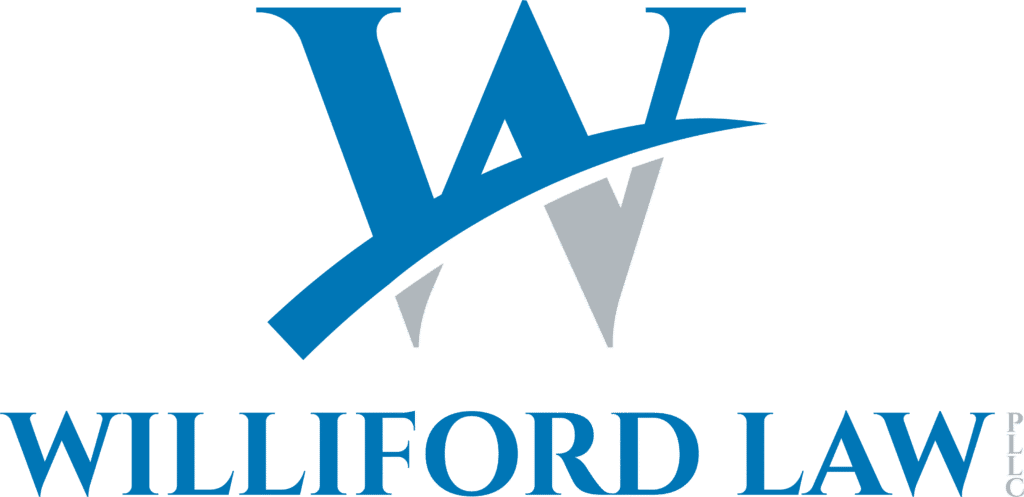Williford Law | Serious Representation for Dog Attacks and Bite Injuries Across Texas
When a Dog Attacks, the Trauma Doesn’t End with the Bite
Dog bites can cause more than physical wounds — they leave scars, trauma, and a long road to healing. When someone else’s dog causes that kind of damage, Texas law gives you the right to pursue justice.
At Williford Law, we help clients in Texas recover full compensation for dog bite injuries, including cases involving facial disfigurement, nerve damage, serious infection, or psychological trauma. We fight for children, adults, and families to hold negligent dog owners accountable.
Texas Dog Bite Law: What You Need to Know
Texas follows a “modified one-bite rule”, which means:
- Dog owners may be liable if they knew or should have known the dog was dangerous
- Liability may also arise from negligent handling, leash law violations, or premises liability
You may have a valid claim even if the dog had never bitten before, depending on the circumstances of the attack.
Common Dog Bite Injuries We Handle
| Injury Type | Examples |
| Facial injuries | Deep lacerations, eye trauma, nose and lip damage, permanent disfigurement |
| Infections | MRSA, cellulitis, rabies risk, tetanus |
| Nerve damage | Loss of function in hands, arms, or face |
| Scarring and keloids | Especially impactful in children or visible areas |
| Puncture wounds and tearing | Multiple bite zones or mauling injuries |
| Psychological trauma | PTSD, fear of dogs, nightmares, anxiety disorders |
| Wrongful death | Especially in infants, children, or the elderly due to massive injury |
We consult with plastic surgeons, trauma specialists, and mental health providers to document the true long-term impact of a dog bite.
Who Can Be Held Responsible?
| Party | Potential Liability |
| Allowed a dangerous dog on the premises without protection or warning | Knew of aggression, ignored leash laws, allowed dog to roam or escape |
| Landlord or property owner | Knew of aggression, ignored leash laws, allowed the dog to roam or escape |
| Business owners or contractors | Failed to secure dogs on commercial property |
| Parents or guardians | In child-on-child dog walking incidents where an adult was negligent |
Our firm investigates every layer of responsibility — including insurance coverage and prior bite reports — to pursue the maximum recovery.
What Compensation Can You Recover?
- Emergency room and hospitalization costs
- Plastic surgery and reconstructive care
- Mental health counseling
- Loss of income (especially for scarring or hand injuries)
- Pain, suffering, and emotional trauma
- Physical impairment or disfigurement damages
- Loss of enjoyment of life (particularly in child victims)
- Wrongful death compensation (in fatal cases)
We build every case with compassion and strategic force to secure justice for the harm done, physical and emotional.
Why Choose Williford Law for Dog Bite Cases?
- Proven success in premises and injury liability claims
- Deep experience with Texas animal control law, leash ordinances, and the one-bite rule
- Access to expert plastic surgeons, behavioral therapists, and animal control reports
- Trial-tested strategies designed to maximize settlement or jury verdict
- No upfront fees — you only pay if we win
You shouldn’t have to pay the price for someone else’s irresponsibility. We’re here to make sure you don’t.
FAQs: Dog Bite Injury Claims in Texas
What if the dog had never bitten anyone before?
You may still have a case. We can prove negligence based on failure to control the dog, leash law violations, or known aggression signs — not just prior bites.
What if the bite happened at a friend’s or relative’s house?
You can still file a claim, and most recoveries are handled through homeowners’ insurance, not personal assets.
What if my child were bitten while playing outside?
We handle child injury cases with care and precision, including lifelong trauma, developmental therapy, and disfigurement compensation.
How long do I have to file?
You generally have 2 years from the date of injury, but we recommend immediate action to preserve medical and animal control evidence.
